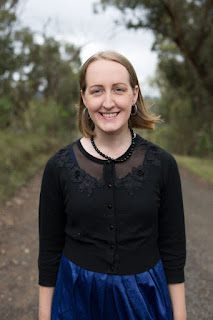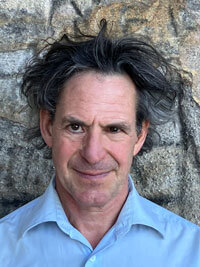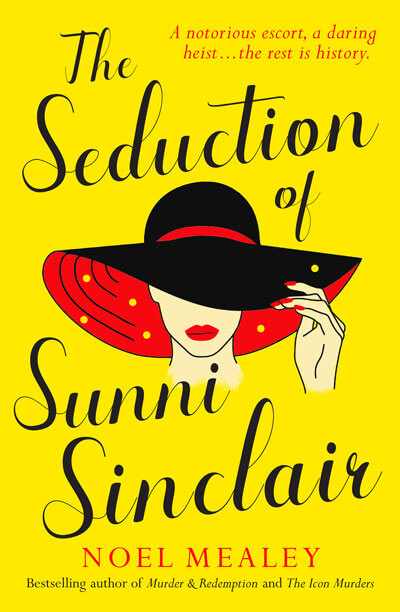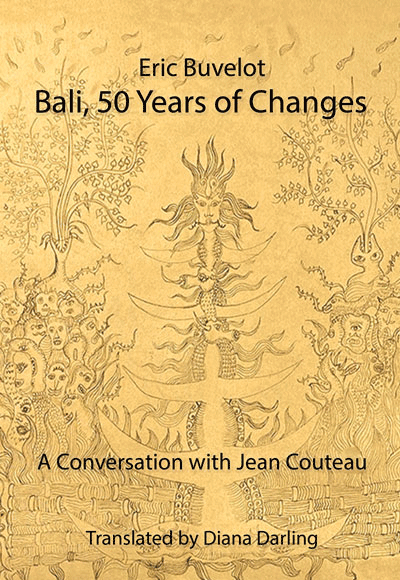Izumi, Ren and little Yoshi are eagerly awaiting the arrival of the famous poet Bashō in their village. It is 17th century Japan and the poet is walking far to the north, writing his now world-famous haiku.
Libby Hathorn’s endearing story describes their encounter with Bashō. Sadami Konchi’s sensitive paintings light up the story with a grace and beauty to ably match the text.


















IP (Interactive Publications Pty Ltd)
An outstanding presentation of the haiku master Basho’s fascinating journey north. The lyrical and inclusive nature of the text combines seamlessly with the fine artwork and its authentic representation of Japanese landscape. Together, writer and artist, invite readers to share the journey and to delight in it .
Beverley George, Editor Windfall: Australian Haiku
IP (Interactive Publications Pty Ltd)
Award winning Australian author Libby Hathorn is passionate about poetry. So it’s not surprising she’s teamed up with renowned watercolour painter and portraitist Sadami Konchi, to create this beautiful story about Haiku and the 17th Japanese master Matsuo Basho. We Children and The Narrow Road to the Deep North takes us back in time to a small village at the beginning of the Edo era in Japan where three children – Izumi, Ren and little Yoshi – eagerly anticipate a visit by the master poet. Their father has told them Basho is walking a long way to ‘. . . look at things.’ Their mother adds, ‘And then he writes his poems, special poems that will last forever.’ There is great excitement as friends gather that evening in the house of the village poet to listen to Basho’s stories about his journey and hear some of his precious Haiku’s read aloud by the master himself. The next morning before they leave Sora, Basho’s travelling companion, gives each of the children a small drawing as a gift, along with three brushes, to encourage them to capture their own images. Basho’s gift is a special poem for little Yoshi about the small boy’s pet frog, now set free to live in its pond home.
Libby’s gentle and thought-provoking text highlights the emotive nature of words, and how poetry can capture so succinctly the essence of our world. The story is brought to life by Sadami’s gorgeous watercolours that eloquently depict the simplicity of life in 17th century Japan. An important book to have not only as an introduction to haiku and Matsuo Basho, but also as a reminder that, in our fast paced world words matter, and it’s good to slow down, quietly take note of what’s around us, and enjoy life’s journey.
– Kerri Gittens, thebooktree
IP (Interactive Publications Pty Ltd)
In their engaging children’s book We Children and The Narrow Road to the Deep North, Libby Hathorn and Sadami Konchi draw on vignettes from the seventeenth century travel diary of the beloved Japanese poet Bashō, reframing them from the viewpoint of three sweet children. Izumi, Ren, and Yoshi live in a remote village that Bashō visits in passing, on his arduous odyssey to the northern interior of the country. While the poet is constantly on the move, with no home but the journey itself, the children’s lives are firmly anchored to place, surrounded by the familiar presence of their family and neighbours. While Bashō’s focus is on seeking the eternal and letting go of the ephemeral, the children’s concerns centre around the here and now, their games and their pets, and the day-to-day rhythms of life in their village. The story reaches its climax when Bashō, having taken away little Yoshi’s pet frog in its cage, leads the children to the pond in which he has released it. Here he shares with them his most famous haiku poem: ‘An old silent pond / A frog jumps in / Sound of water’ (trans. Nobuyuki Yuasa). For the children, the sudden appearance of the travelling poet in their remote and quiet village has been as joyously turbulent, and as disruptive, as the splash of the frog as it lands in the still and silent pond. This precious poem and what it reveals will stay with them forever, even as the poet journeys on. Sadami Konchi’s illustrations are nothing short of delightful; the warmth and wit of her style will bring this touching story to life for readers young and old.
– Nerida Jarkey, Honourary Associate Professor, University of Sydney
IP (Interactive Publications Pty Ltd)
Inspired by the great master, we must not teach children the ‘rules’ of haiku. The spirit of haiku, this subtlest of art forms, is beyond rules—let children play with words and images in the way that only children can; encourage them to become poets themselves along the road of their own great journey.
– Simon Hanson, Secretary, Australian Haiku Society
IP (Interactive Publications Pty Ltd)
In this heart-warming book, we discover that the journey can be home, that frogs should be free, and that poems last forever. The illustrations are lovingly drawn by the immensely talented Sadami Konchi.
– Ingrid Pillar, Distinguished Professor, Macquarie University
IP (Interactive Publications Pty Ltd)
What a charming story about the wonderful poet Bashō! Great for schools and great for families! This book will take you and your children all the way along the Narrow Road to feel the astonishing beauty of Japan.
– Chiharu Ito, teacher Tokyo
IP (Interactive Publications Pty Ltd)
I admire Libby Hathorn’s abilities to make a story about Bashō’s great poems—haiku that were created from the inspiration he gained while walking along the narrow road to the deep north with companion, Sora. How vividly Libby describes Japan, the children, the scenery, and the culture. I also admire Sadami Konchi’s exquisite forms and colouring. I was very impressed by the way this picture book brings together two abilities to create a splendidly beautiful and artistic world! Really this picture book is not just for children but also for adults too.
作家リビー・ヘイソンのすばらしい才能が,芭蕉の偉大な詩の物語りを作りました。お話しの中で,芭蕉が弟子の曽良と奥の細道を辿る路すがら, 得たインスピレーションから俳句を創作しています。リビーが生き生きと江戸時代の日本の子供たち,景色,文化を通して日本を描き出しています。また, 挿絵画家サダミ・コンチの優雅な絵のスタイルと色相が絶妙です。この絵本は見事に二人の才能を結び合わせ,たぐい稀にまで美しい芸術的世界を築き上げているのが印象に残ります。これは子供の絵本としてのみならず、大人でも十分に満足しうる一書です。
– 結城 文 東京 日本
– Aya Yuhki, Tokyo
IP (Interactive Publications Pty Ltd)
In seventeenth-century Japan, three children excitedly await a visitor to their village: the great poet Matsuo Bashō. He has walked a long way, so he can ‘look and look and look’ at the world. When he arrives, he promises to give the children presents the next day. But the gifts begin that night, when he entertains the villagers with stories and haikus about his journey. The next morning, before he leaves the village, Bashō makes good on his promise. He gives each child a drawing and a small brush so they can add their own touches to the paper.
IP (Interactive Publications Pty Ltd)
Libby Hathorn’s gentle tale is aimed at children aged eight to twelve years who are beginning to learn about history, geography and poetry. Based on the real life of Japanese poet Matsuo Bashō (1644–1694), the story immerses the reader in the exquisite beauty of nature and the seasons that forms the focus of Bashō’s famous haikus. Libby draws on a wealth of imagery to bring the poems to life, ensuring that her words – like Bashō’s – ‘will last forever’.
The pages are awash with heavenly hues thanks to Sadami Konchi’s wonderful watercolour illustrations. Jewel-like greens and blues glorify the landscape, while touches of red, orange and yellow add joyous warmth to the pages. The fluidity of the watercolour medium creates eye-catching movement across the spreads, propelling the reader forward on a visual pilgrimage that reflects Bashō’s northern walk.
A sweet and sensitive ode to poetry, mindfulness and respect for nature, We Children and The Narrow Road to the Deep North offers new insights with every reading. It will inspire pre-teens to observe the world around them and to take time to enjoy their own passage through it.
– Dannielle Viera, Buzz Words
IP (Interactive Publications Pty Ltd)
This beautiful book is an introduction to Haiku and the famous Japanese poet Basho. Libby and Sadami acknowledge the Australia Council for funding their trip to Japan. Their journey resulted in this beautifully written and illustrated picture book, engaging readers with the Japanese children and introducing haiku. The text is moving and involving and the watercolour illustrations are gentle and expressive. Special mention of the endpapers, which at the front are a stunning painting of the Japanese landscape and at the back, the same scene with examples of haiku. Highly recommended for all ages.
– Margaret Hamilton, Pinerolo Newsletter (Feb ’22)